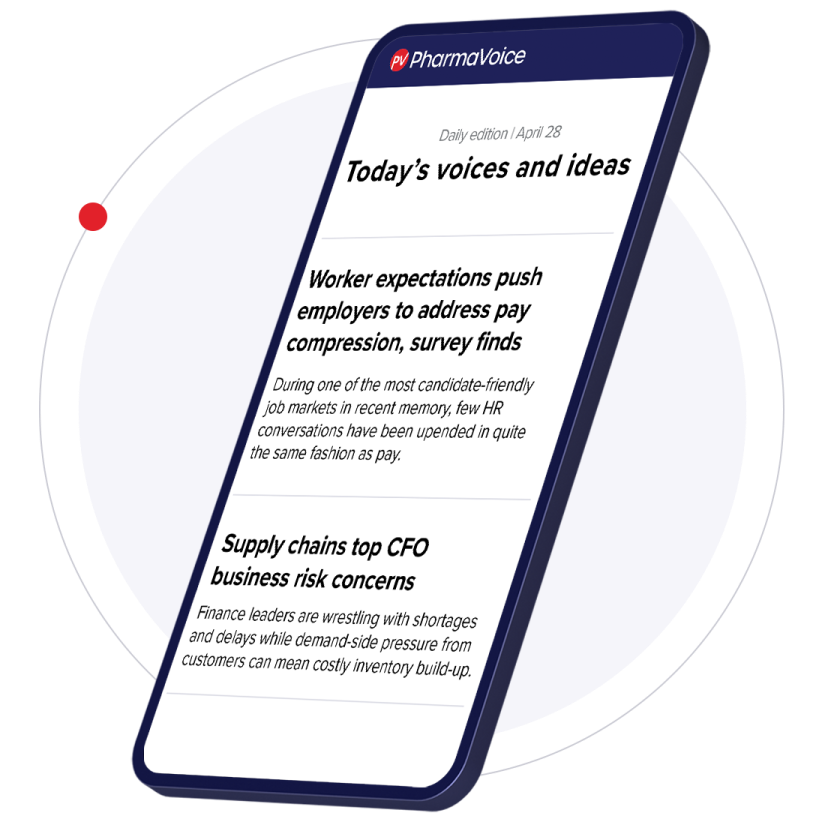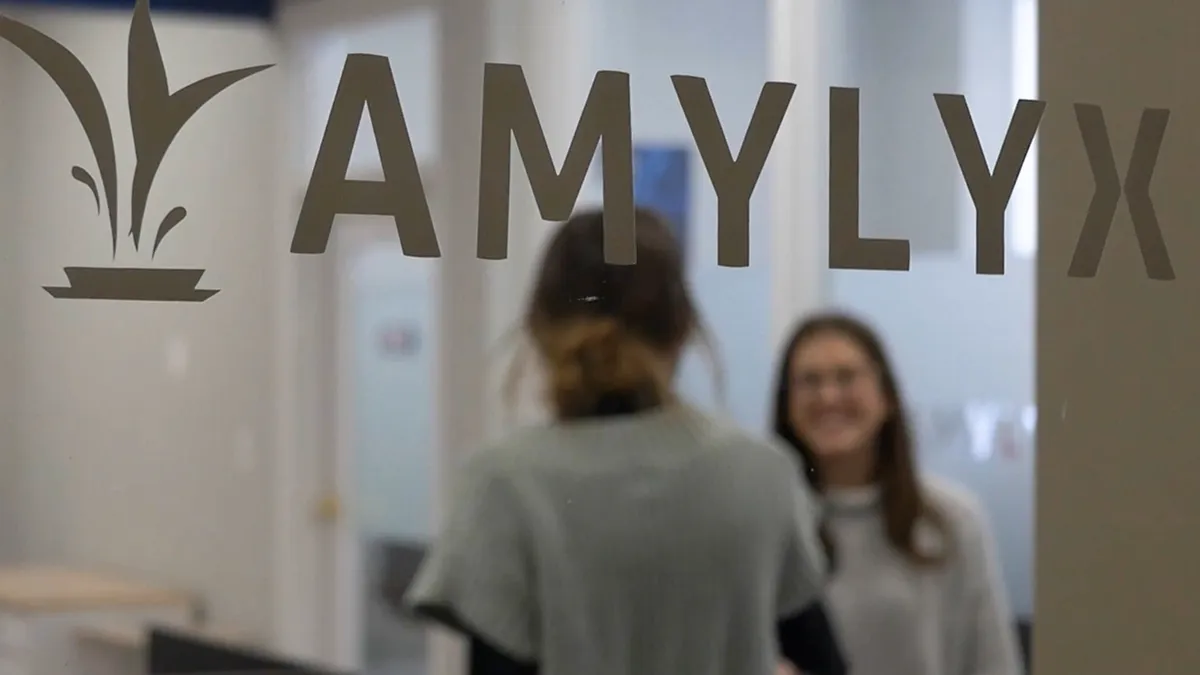An ongoing back and forth between Stealth BioTherapeutics and the FDA is developing into a potential regulatory bellwether for other drug developers in the ultra-rare disease space.
It all comes down to an approval decision for a drug that treats Barth syndrome, an ultra-rare and often fatal pediatric mitochondrial disease with no therapies on the market.
“We often talk about Barth syndrome as being a litmus test for FDA because it highlights that for ultra-rare diseases, standard regulatory approaches don’t work,” said Lindsay Marjoram, director of research for the Barth Syndrome Foundation.
Now, that litmus test is playing out in real time as Stealth rides an FDA deliberation rollercoaster in its quest to get its Barth syndrome treatment, elamipretide, across the finish line.
“The FDA is recognizing the urgency of the unmet need and reacting accordingly."

Reenie McCarthy
CEO, Stealth BioTherapeutics
After initially rejecting elamipretide’s approval in May, the FDA accepted the company’s newly resubmitted application last week. The FDA’s willingness to reconsider the drug was “huge” for Stealth, the company’s CEO, Reenie McCarthy, said.
“It gives us a timeline,” she said. “It’s manageable for us to survive this delay.”
And implications of what the FDA decides could impact how other companies seek approvals.
What’s at stake for Stealth
The FDA’s rejection of elamipretide came as a shock that “blindsided” the company “because of the positive advisory committee vote,” McCarthy said. It also cast doubt on how much longer the company could keep its doors open.
The rejection was exacerbated by an approval process riddled with confusion and delays, including decisions about whether the FDA would assign the drug standard review or priority review, and a missed PDUFA date in April.
“We would have been expecting from our original submission [in January 2024] to have been approved potentially in 2024 under priority review,” McCarthy said.
But 2024 came and went without an approval, and the FDA’s ever-lengthening review period put a heavy financial strain on the company.
“It [pushed] out the financial commitments from our investors,” McCarthy said. “We were making decisions [to defer] progress on other programs. We stopped other clinical trials that were supposed to initiate. We ended up with a reduction in force of 30%.”
Those moves weren’t just about keeping the lights on and getting elamipretide OK’d. Patients have also already been relying on life-changing access to elamipretide through the company’s expanded access program.
Although McCarthy said just under 30 patients are receiving elamipretide, that's a “fairly large number,” considering the tiny U.S. patient population of about 150. Moreover, the stakes are incredibly high for patients.
“It’s traumatic for them to know they might lose access,” Marjoram said. “People are counting their vials. They’re trying to map out … how long will my baby or how long will I, personally, be able to stay on the drug.”
Barth syndrome causes muscle weakness, heart failure, infections and debilitating fatigue, and has a high infant fatality rate, with 85% of early deaths occurring by age five. While Marjoram said that about 20%-25% of patients receive a heart transplant, that only fixes one of the “downstream symptoms” and isn’t curative. Elamipretide, by contrast, is “actually getting to the mitochondria” to significantly improve patients’ quality of life across the board.
“Our folks have more energy, they are able to walk further, [and] they’re able to climb stairs more functionally or more stairs than they could before,” Marjoram said. There have even been newborn babies listed for heart transplants who have become delisted because “they do so well on elamipretide that their heart function stabilizes and they don’t need a heart transplant anymore.”
The impact of endpoints
The FDA not only accepted Stealth’s new NDA more quickly than expected, but told the company that it can expect a quicker decision, too, with a goal decision date set for Sept. 26, rather than a typical six-month review.
“The FDA is recognizing the urgency of the unmet need and reacting accordingly on a resubmission that, quite frankly, just doesn’t have that much new data,” McCarthy said. “So the review time should be light and the FDA is acknowledging that and committing to act early, which is huge.”
Stealth is aiming for an accelerated approval of elamipretide on the basis of improvements in knee extensor muscle strength, an intermediate clinical endpoint. The resubmission also included a protocol for a post-marketing trial to confirm clinical benefit. Notably, there were no safety concerns with the drug.
While Stealth now sees a light at the end of the tunnel, the protracted journey highlights the inherent problem with trying to fit ultra-rare disease approvals into the typical FDA framework, since the tiny patient population doesn’t allow for the large clinical trials the agency usually expects. One of Stealth’s elamipretide trials included just 12 patients. But Marjoram said that’s actually an “astonishing participation rate,” given the small patient population combined with inclusion and exclusion criteria.
For other drug developers, the question of the FDA’s willingness to approve elamipretide on the basis of an intermediate clinical endpoint could impact their own strategy for seeking an approval.
“There are bigger ideological questions about what’s the right pathway for ultra-rare?” McCarthy said. “This finally crossing the finish line will bring some hope to ultra-rare disease innovation.”


















